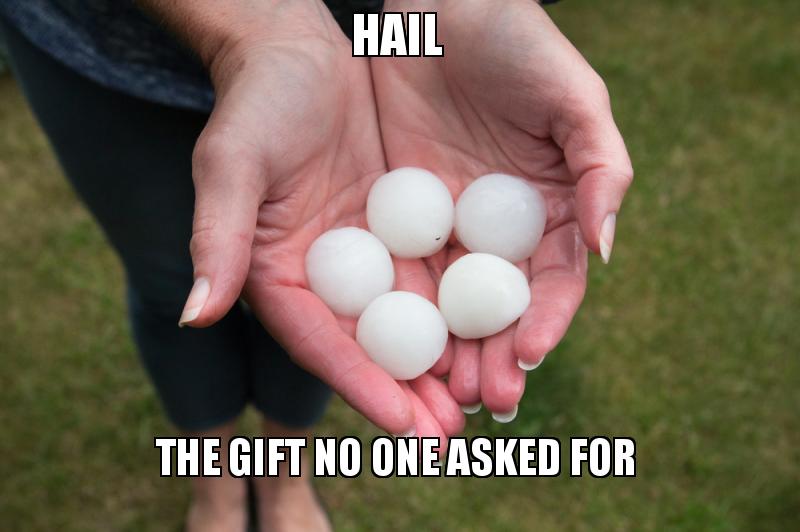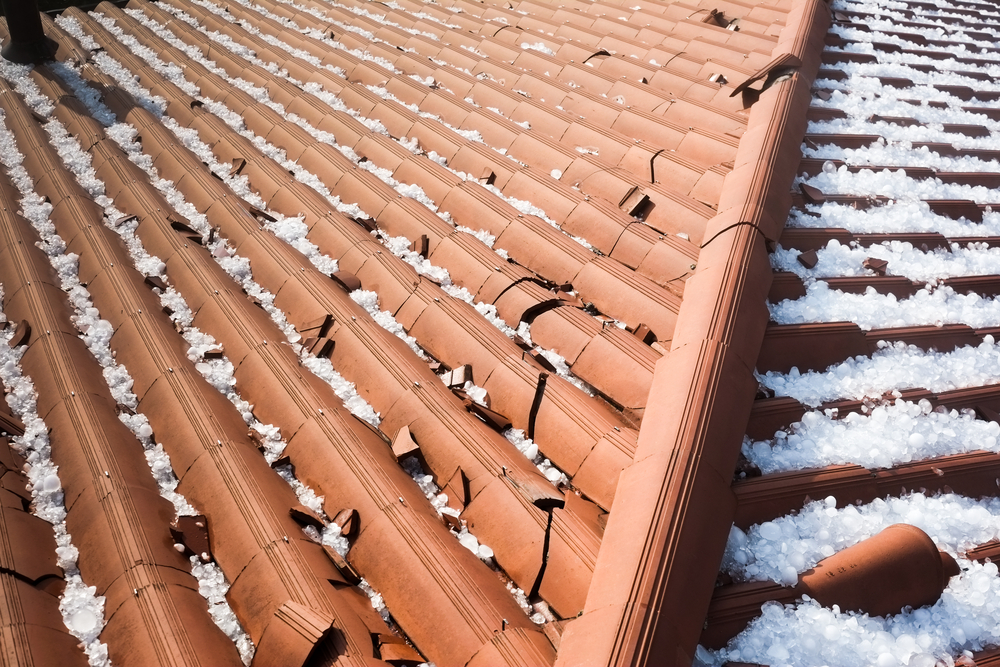All Hail Breaks Loose: Can Shock Waves Stop Hail Season?

Hail season: there’s no stopping it, though many have tried. In 14th century Europe, people thought they could prevent a hailstorm from occurring by ringing church bells or firing cannons.
This belief lasted into the 19th and 20th centuries with the use of hail cannons, which create shock waves that are thought to disrupt hailstone formation. A mixture of acetylene and oxygen creates a 200mph shock wave, which sounds like a loud boom followed by a whistling noise.
Hail cannons are sometimes used, even today, in wine country to protect harvests. However, there’s no evidence that they actually work. One of everyone’s favorite TV scientists, Jamie Hyneman from the Discovery Channel’s Mythbusters, referred to the hail cannons as “a load of bunk” with methodology that makes them “completely untestable.”
A hail cannon in action: probably won’t prevent hail; will definitely scare the neighbors. (Source: Paul Marshall/YouTube)
Pseudoscience aside, there’s good reason to be afraid of hail. Namely, it can cause billions of dollars in damage in just one city or region alone.
Some states, like Colorado, can get hit hard. Last July, hail storms hitting Colorado and the Denver area caused around $1.5 billion in damage. Colorado Springs looked like it was buried under several feet of snow at the end of July last year, and residents had to break out shovels to clear away the accumulated hailstones.
That was no one-time anomaly. In 1990, another storm also caused roughly $1.5 billion in damage in Denver (adjusted for inflation). In July of 2009, the nearby city of Thornton saw eight inches of hail and $1.1 billion in damage.
While most hailstones tend to be small—roughly the size of a pebble—some can be the size of a golf ball or baseball. The largest hailstone on record is still the one that fell in Vivian, South Dakota, in 2010. It weighed nearly two pounds and had a circumference of more than 18 inches.
But even hailstones the size of a pebble can cause significant damage to properties, vehicles, crops, utilities, and other objects, and they can inflict injuries on animals and people.
It’s especially expensive if it causes damage to a home or other building. Roof repairs for a home can average over $10,000, and even with homeowners insurance the costs are significant.
Vehicles are also at risk for serious hail damage during a storm. Hail can dent the body of a car and easily smash through windows. Auto dealerships, in particular, tend to see losses after a hailstorm due to the number of vehicles they keep outdoors.
When hail does inevitably fall, property owners and their insurance carriers must weather that storm figuratively and literally. Homeowners want to file their claims and be able to repair the damage as soon as possible, so insurance carriers and their claims adjusters need to be ready to respond.
What do insurance professionals need to do when a hailstorm occurs?
1. Stay informed on hail season.
Insurance companies typically know the areas that are most likely to see extreme weather events of any kind, hail included. That doesn’t mean they should ignore current weather patterns or unusual activity elsewhere, though. In other words: keep an eye on that weather report!
2. Verify the home’s prior condition.
Aerial imagery can help insurance claims adjusters answer many questions, including what a property looked like before the storm. This helps carriers avoid paying out settlements for pre-existing damage. Imagery can also confirm that the home or commercial property was in good condition.
3. Have a workflow in place.
In areas that hail season hits the hardest, insurance carriers need to have enough adjusters available to visit properties and assess any damage. Look for solutions that bring the property directly to the adjuster’s desk.
Hail season can have devastating effects, but insurance carriers can help get things back to normal for homeowners. Fortunately, they don’t need dubious contraptions like the hail cannon, either. Thanks to modern technology, insurers can implement solutions right in the office to solve the problems hail season can bring.

